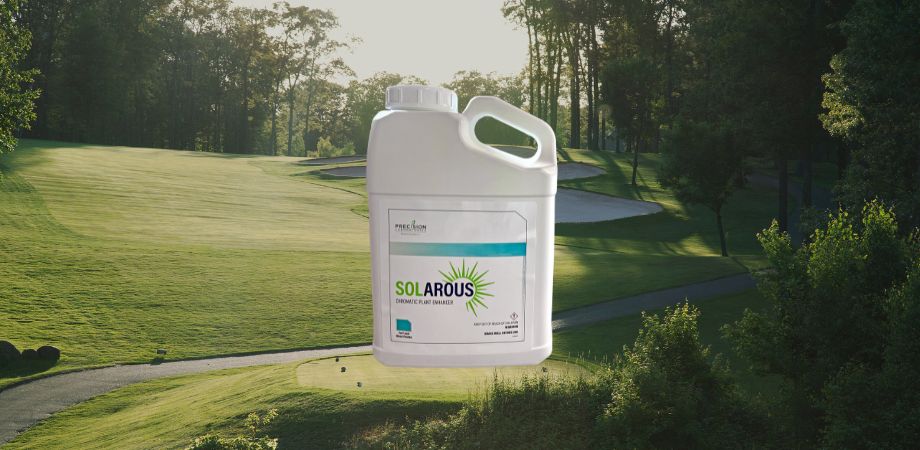Perennial ryegrass is a cool-season grass that’s popular in Northern geographies as a permanent turf and for overseeding in the South. It is useful for lawns, athletic fields, and golf courses. The perennial ryegrass species Lolium perenne is a bunch-type grass without rhizomes.
Perennial ryegrass has smooth leaves, which help distinguish it from turf-type tall fescue. It germinates at the same time as TTTF (soil temperatures of 60°F) but germinates more quickly, at just five to 10 days.
Perennial ryegrass doesn’t have a high heat tolerance and may go dormant during periods of prolonged heat. It is more tolerant of cold temperatures, although extreme cold can also do damage. Overall, perennial ryegrass thrives in moderate climates. It tends to have poor drought and shade tolerance, doing best with consistent irrigation and sunny conditions.
Perennial ryegrass has strong traffic resistance. Its durability makes it ideal for athletic fields and golf courses. In fact, the grass courts at Wimbledon are 100% perennial ryegrass because of the wear tolerance it provides. Perennial ryegrass is also known for having good resistance to diseases such as dollar spot and is not susceptible to summer patch.
Another benefit of perennial ryegrass is that it is well-adapted to low mowing heights, thriving at a height between one and two inches and surviving well at heights down to a half-inch or below if highly maintained in places such as Wimbledon. This quality makes perennial ryegrass useful for overseeding golf course greens, fairways, and tees. On sports fields and lawns, it requires diligence to keep perennial ryegrass at its ideal height so it can produce the best results.
Overall, perennial ryegrass has a reputation for being high-maintenance because of the growing conditions it prefers. It requires higher nitrogen inputs than other grasses, which then encourages more growth and more mowing to keep it at the short height it likes.
As mentioned above, perennial ryegrass is a good choice for overseeding lawns and golf courses in warmer climates. Often overseeded in bermudagrass stands, perennial ryegrass can provide a vibrant green color through the winter while the bermudagrass is dormant. In cooler climates, perennial ryegrass is a popular choice to blend with bluegrass on athletic fields.
We carry a variety of perennial ryegrass seed options, including mixtures with Kentucky bluegrass and tall fescue. One popular straight perennial ryegrass item is Advanced RPR, a seed blend containing a new turf perennial ryegrass subspecies, Lolium perenne ssp. Stoloniferum. This unique subspecies has a spreading growth habit that makes its traffic tolerance and recovery even stronger than other perennial ryegrasses.
Another option we offer is Advanced GLR perennial ryegrass, which is a blend of disease-resistant and drought-tolerant ryegrass varieties. Advanced GLR displays a very dark green color and density at variable mowing heights, and it’s good for overseeding or permanent stands of turf. It’s also coated with Foliar-Pak XCD for maximum germination and establishment. Contact your sales rep for help selecting the right seed for your situation!












